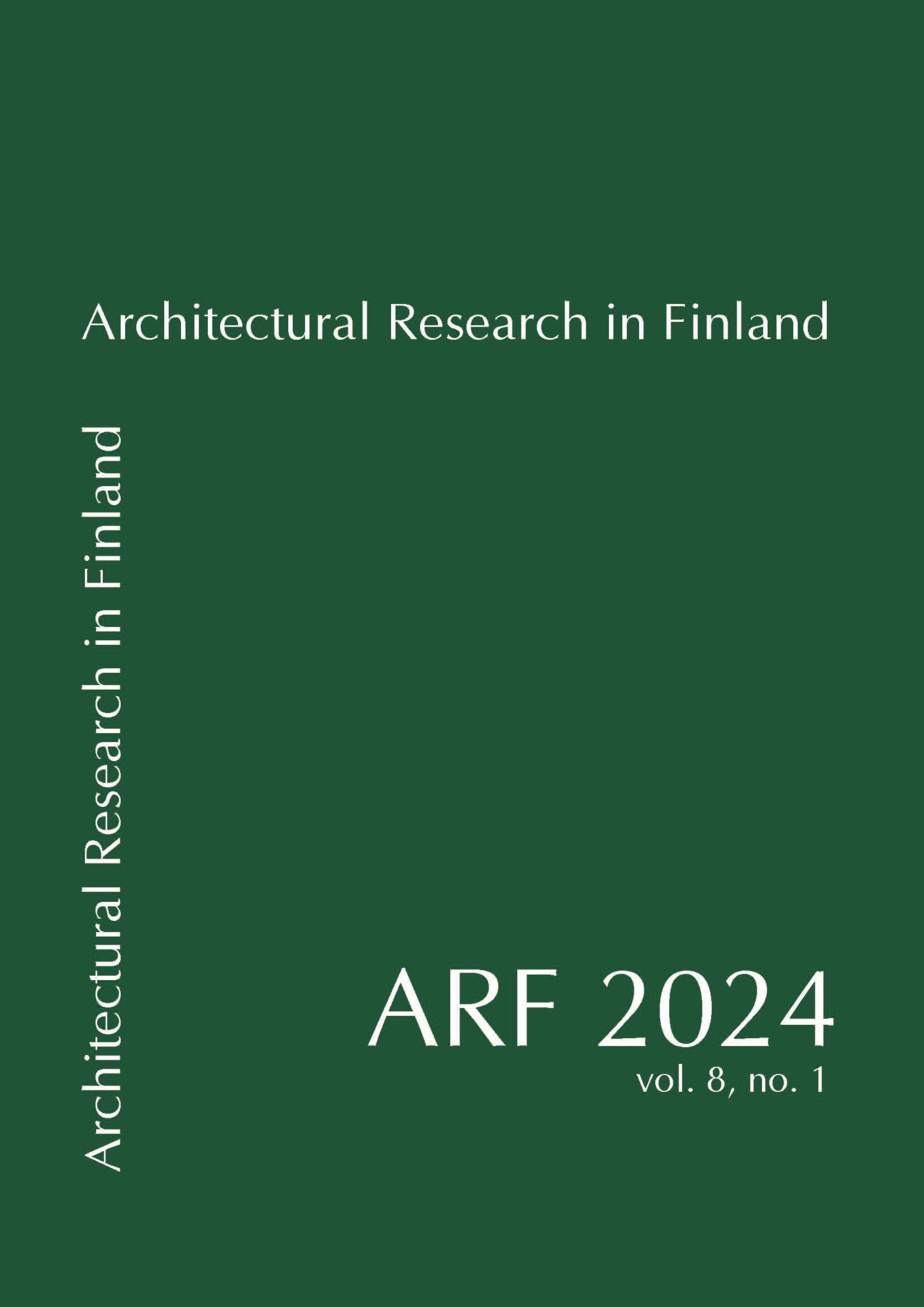Extending the Extension
A Study into the Synthesis of Spatiality and Embodied Carbon in Future Alterations of Suburban Dublin.
DOI:
https://doi.org/10.37457/arf.146883Avainsanat:
Drawing, Sustainability, Embodied CarbonAbstrakti
Semi-detached houses became a significant component of the housing stock in the suburbs of Dublin, Ireland during the 1960s. However, the new generation of occupants harbour a desire to modify these houses as a manifestation of their family’s identity, desires, or daily routine to make them their homes. There is already a significant body of research into the material alteration of houses and their motives, however much of it predates the urgency of the climate crisis in which we find ourselves, thus there is no reference to the carbon further embedded into these homes by their occupants. The carbon impact of individual developments may seem minute relative to larger structures in cities around the world, but the multitude of constructions such as small back and return extensions on homes generates a surprisingly comparable figure annually.
This research paper investigates the alterations of a set of suburban houses in North County Dublin; the occupant’s stories, motives for modifying, and their satisfaction. In parallel, the embodied carbon associated with these alterations is documented using the Inventory of Carbon and Energy (ICE) database. The research looks at the balance of the domestic value that these new spaces have provided to the homeowners, in comparison to the corresponding carbon data, and the effect that architects understanding the anthropological impetus behind an urge to alter could have on the communication of a more appropriate, carbon conscious design proposals to homeowners.




